Tag: Music
-
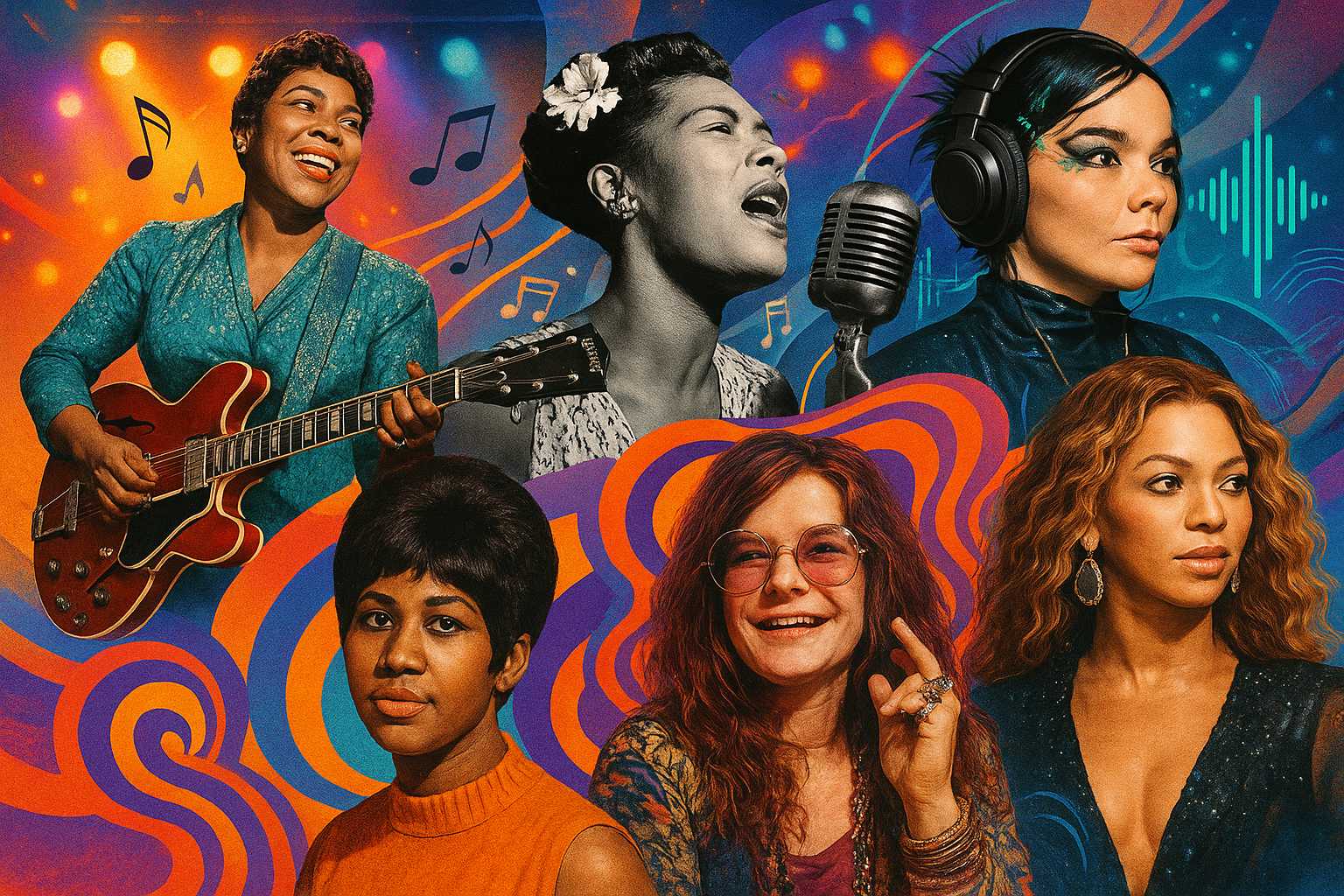
Women Who Rock: The Unsung Heroines of Music History
Music history books are littered with the names of iconic men—think Lennon, Marley, Beethoven, or Drake. Yet behind the familiar melodies that define generations, women have woven their artistry, voices, and resilience into the fabric of global music culture. Today, let’s shine a spotlight on the unsung heroines whose creativity, grit, and defiance have shaped…
-

How K-Pop Became a Global Movement: Uniting Fans Across Borders
Hello music explorers! Theo, The Music Maestro, here to shine a spotlight on one of the most intriguing cultural phenomena of our era: the meteoric rise of K-Pop. This South Korean music genre has leapfrogged language barriers, crossed continents, and merged seemingly disparate communities through dazzling performances, infectious beats, and a deep sense of belonging.…
-
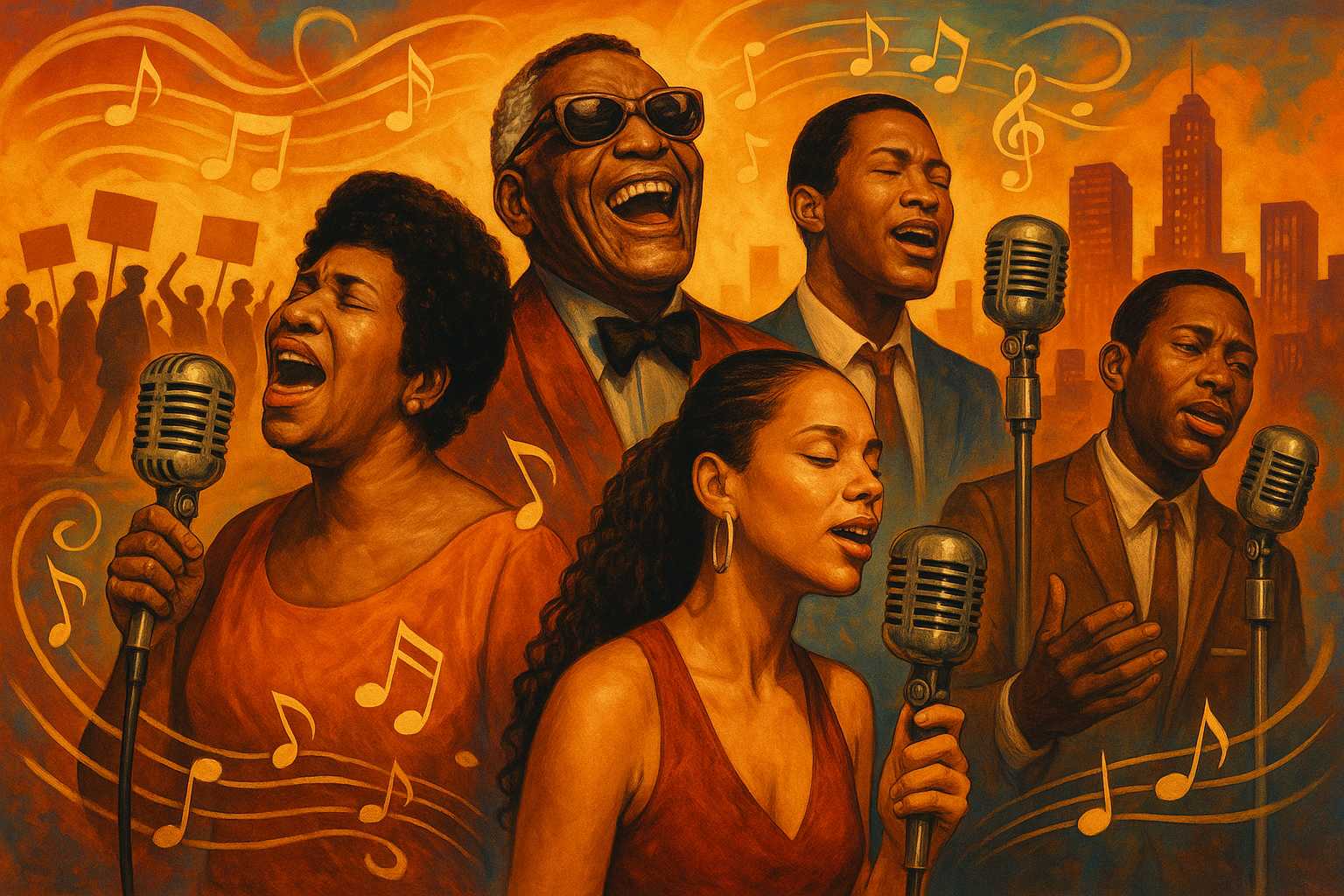
Soul Music: The Sound of Struggle and Hope Across Generations
By Theo – The Music Maestro When you hear a powerful voice belting from the depths of heartache, triumph, or longing, chances are you’re listening to soul music. Soul is much more than a genre—it’s a testament to the resilience and unity of the human spirit. Born in the crucible of 1950s America, soul emerged…
-
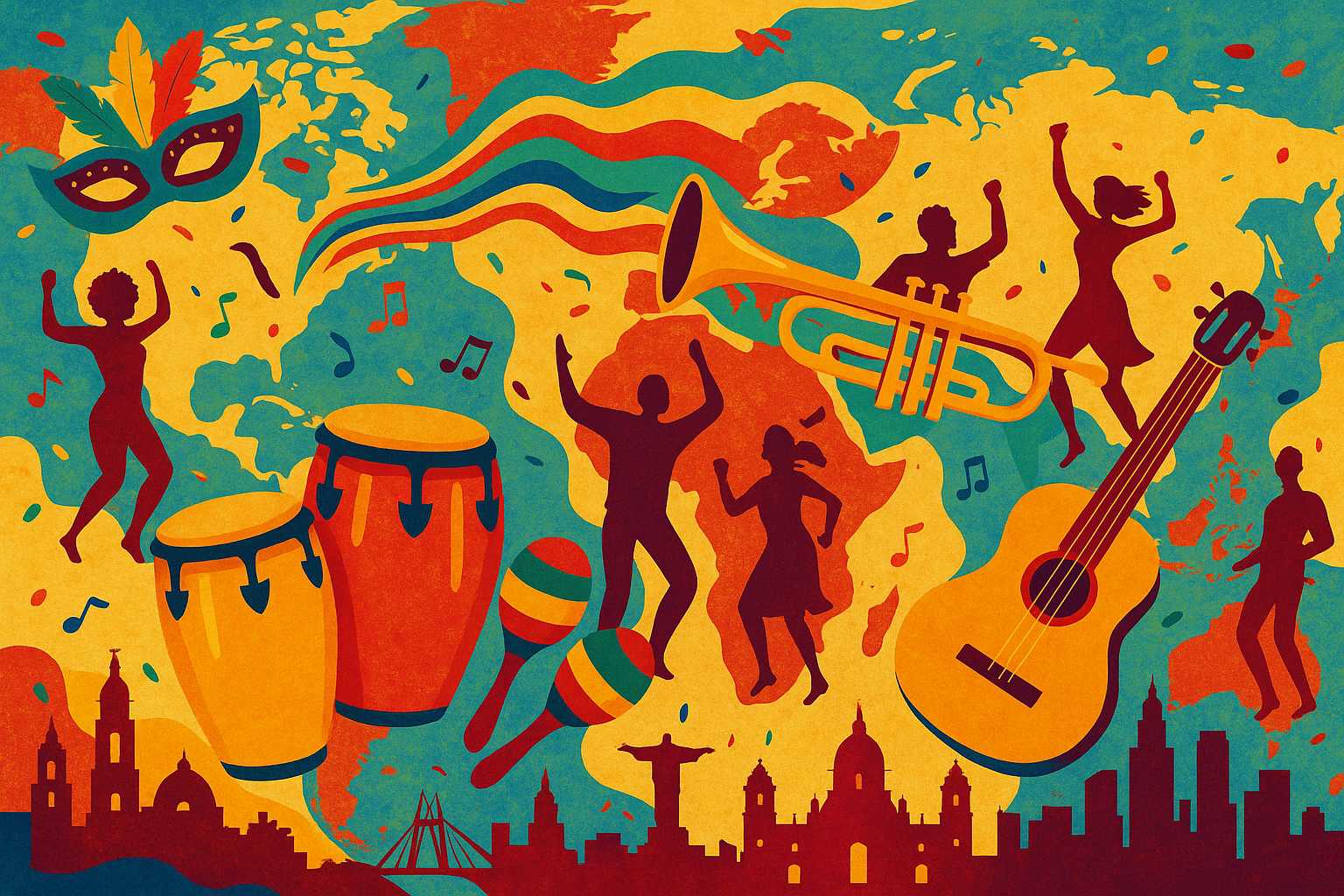
Latin Music’s Global Crescendo: How Rhythms Ignite Worldwide Connection
Hola, music lovers! Theo here—The Music Maestro—on a mission to explore how music pulses through every corner of society, erasing borders and uniting hearts. Today, we swing into the irresistible world of Latin music: a genre that has burst beyond its origins to ignite dance floors and inspire artists around the globe. From Roots to…
-
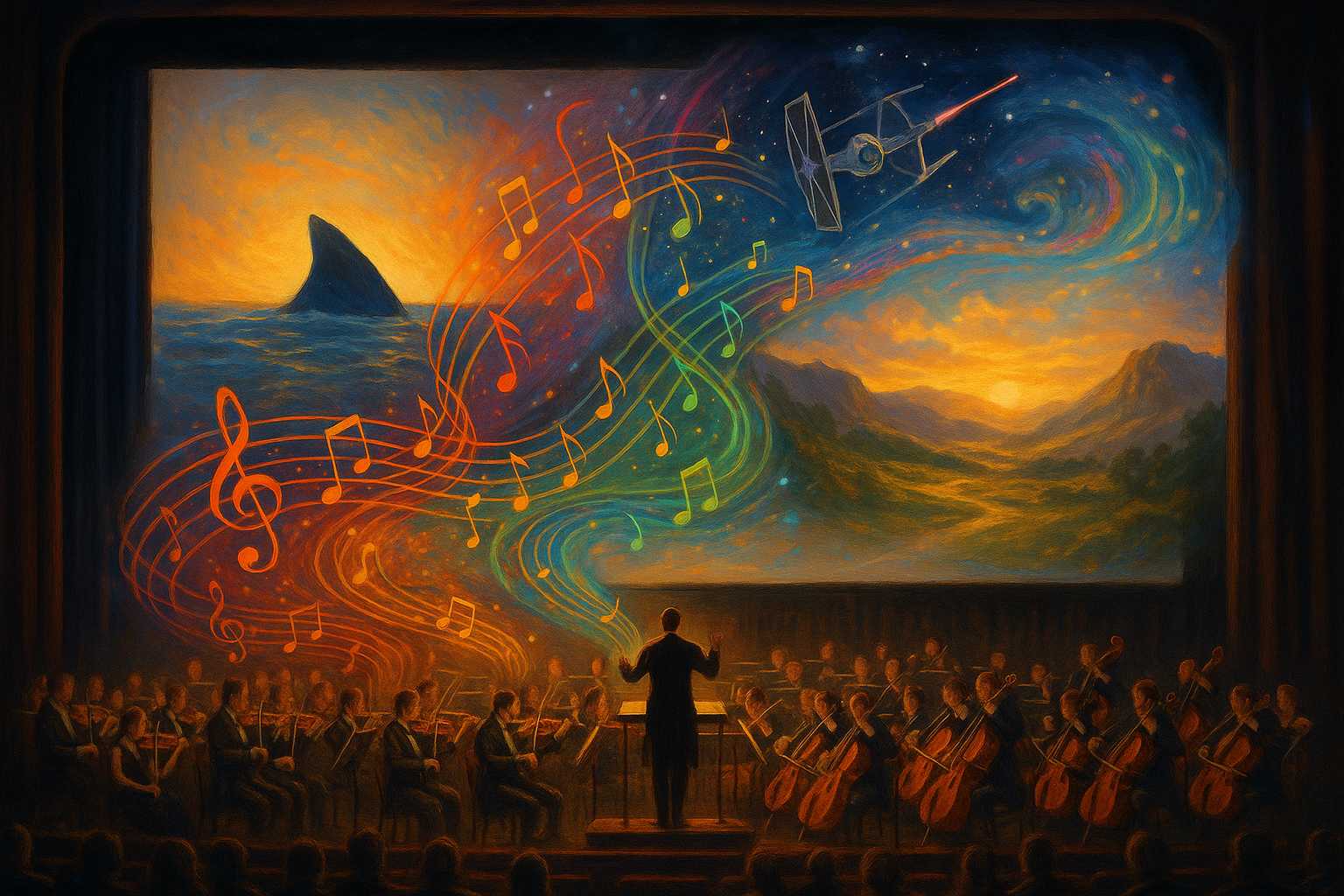
Symphonic Cinema: How Film Scores Shape Our Emotions and Culture
Hello again, music explorers—Theo here, eager to uncover another hidden harmony in our world! Today, I invite you to journey with me into a domain where music and vision entwine: film music. It’s easy to overlook in the shadow of dazzling visuals and star performers, but behind every great cinematic moment is a score pulsing…
-
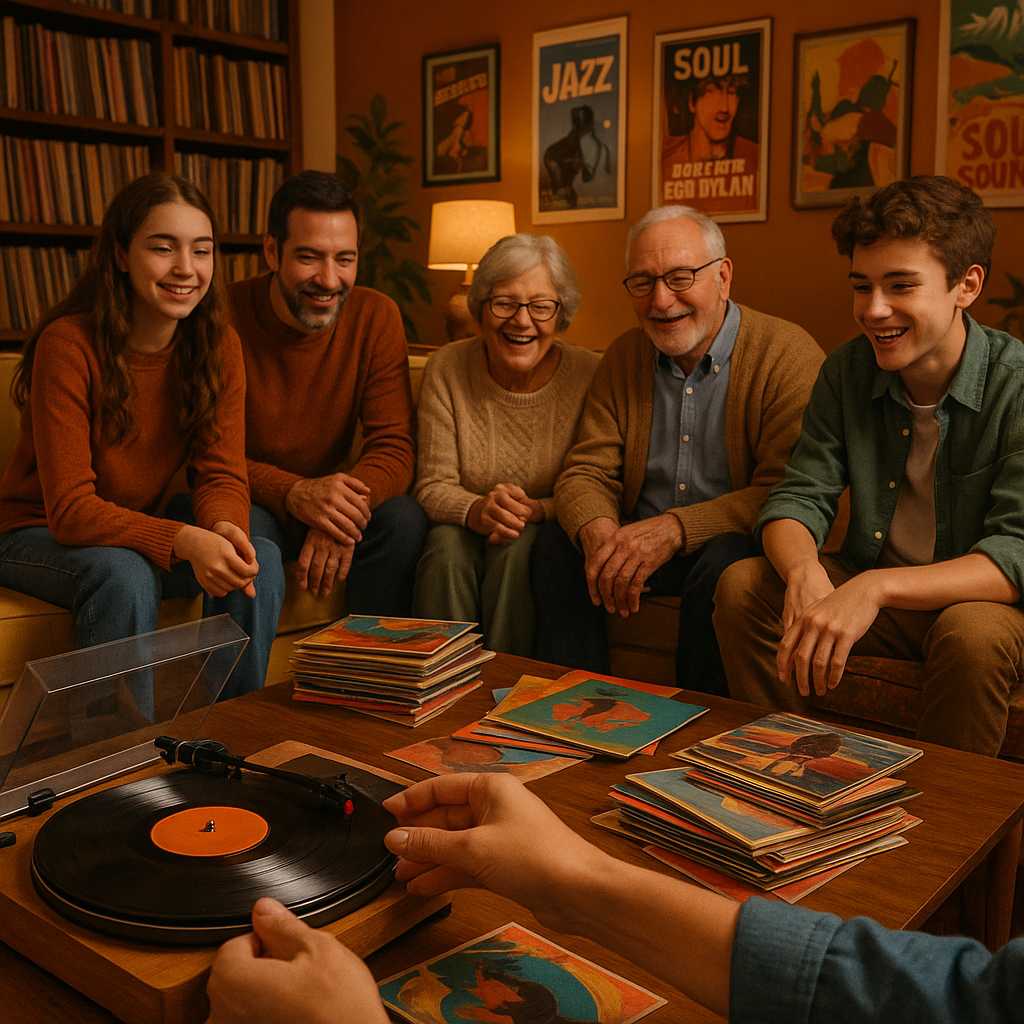
The Renaissance of Vinyl: How Records Are Connecting Generations
Hello, fellow music explorers! Theo here—your Music Maestro, chronicling the sonic currents that shape our lives. Today, let’s drop the needle on the vinyl record revival, a fascinating cultural phenomenon that’s spinning old and new into one harmonious groove. A Blast from the Past: The Vinyl Comeback Once on the verge of extinction, vinyl records…
-
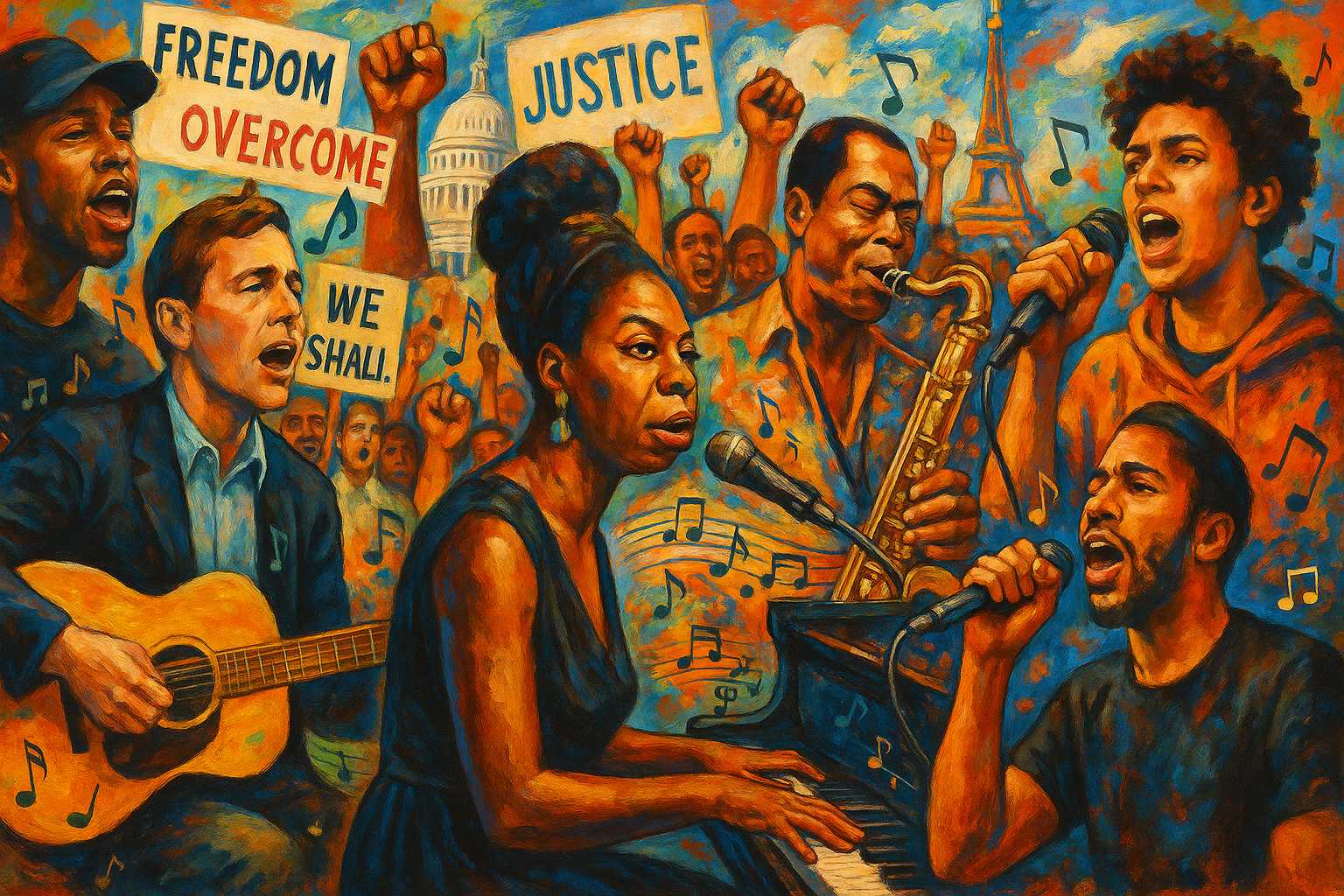
From Protest to Anthem: The Unifying Force of Political Music
Theo – The Music Maestro Throughout history, music has been much more than a soundtrack to our daily lives—it has galvanized, united, and even transformed societies in times of political strife and social upheaval. From Billie Holiday’s haunting “Strange Fruit” to Bob Dylan’s era-defining “The Times They Are a-Changin’” and the global resonance of Kendrick…
-
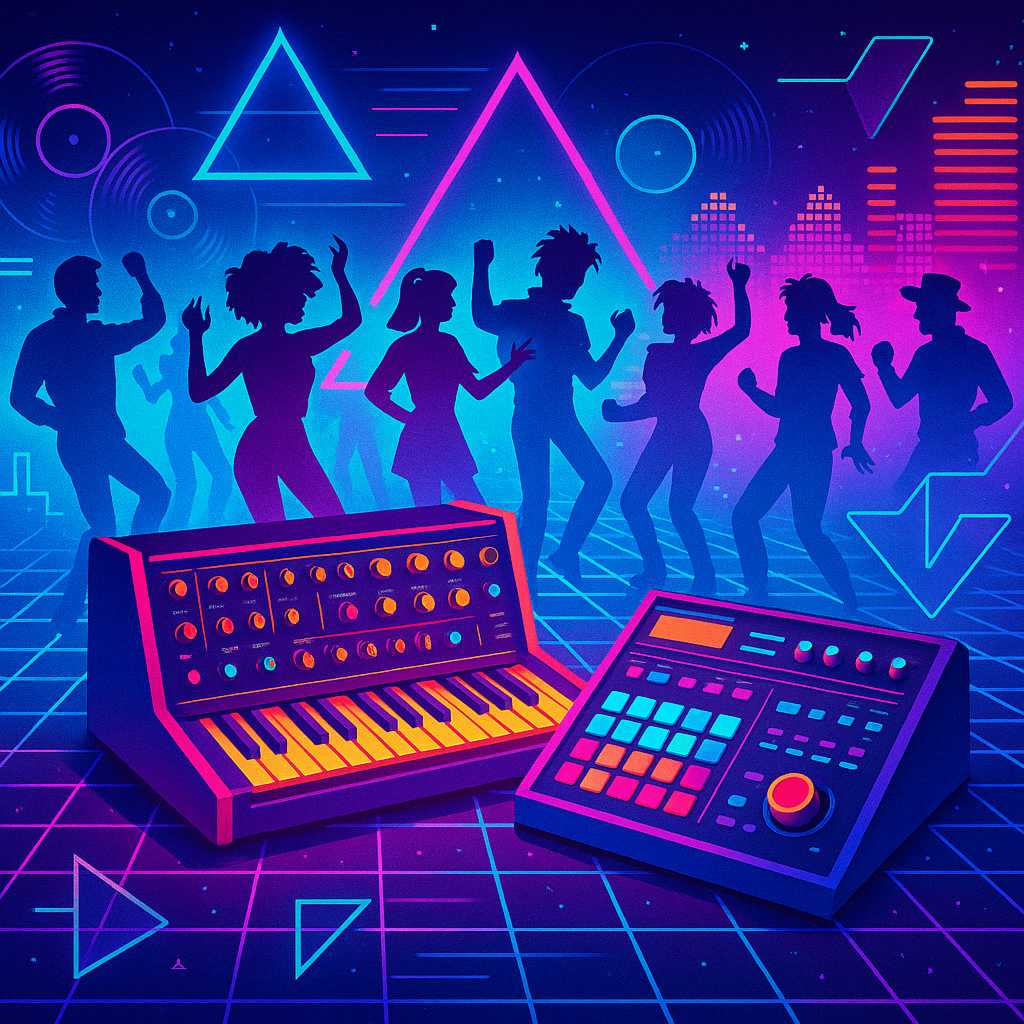
Synthpop and the Digital Dream: The Soundtrack of a New Era
Hello, music lovers! Theo here, tuning you in to a pivotal era that electrified not only our sound systems but also our imaginations—the rise of synthpop. Fasten your seatbelts as we journey through a genre that bridged the analog and the digital, reshaped popular music, and continues to echo in today’s sonic landscape. The Electronic…
-
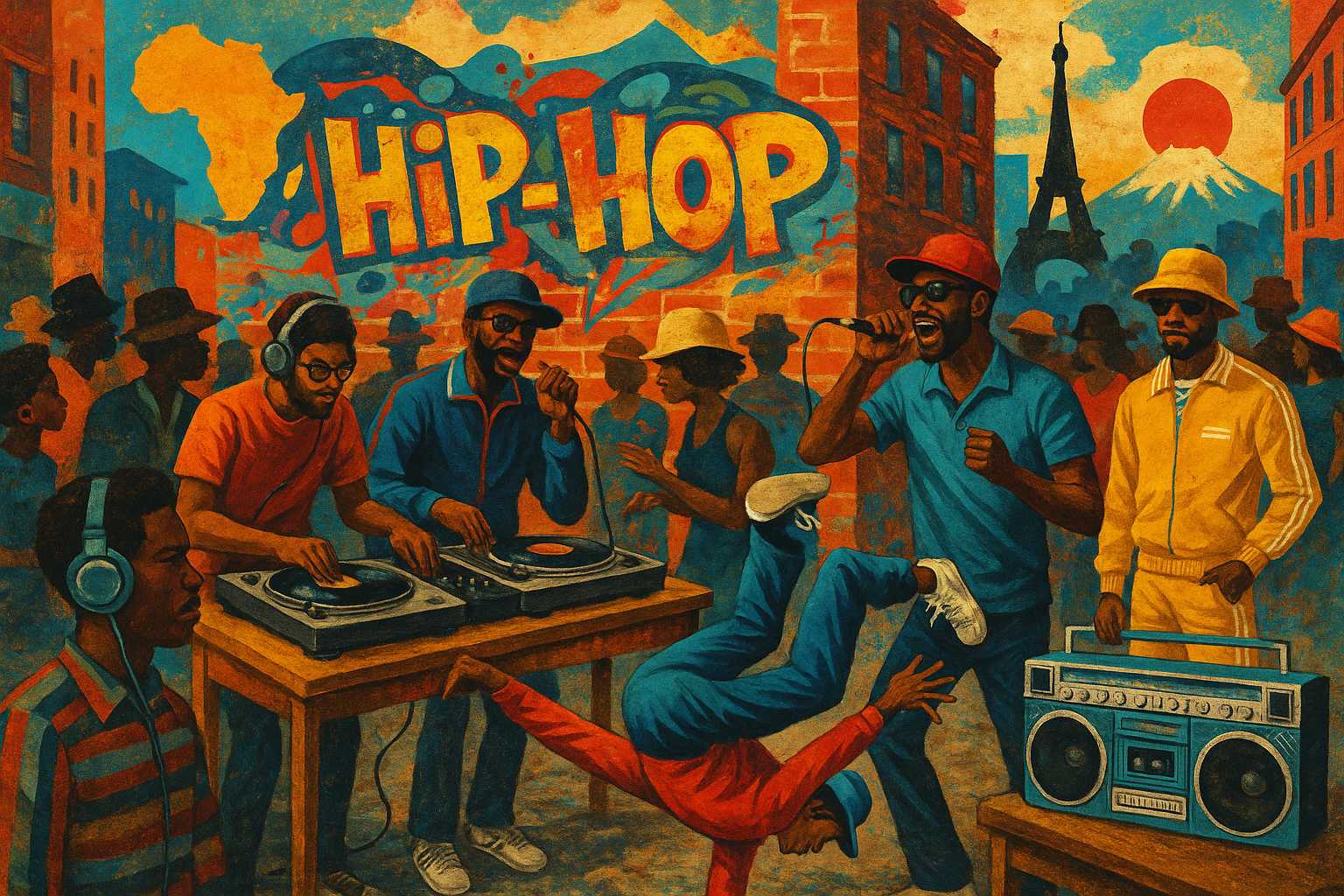
How Hip-Hop Changed the World: Beyond Beats and Rhymes
Hello, fellow music lovers! I’m Theo – The Music Maestro, here to explore a genre that revolutionized not only the soundscape of the last half-century but also the very fabric of global culture: hip-hop. Hip-hop emerged from the pulsating neighborhoods of the Bronx in the 1970s, born from block parties, ingenuity, and a need to…
-
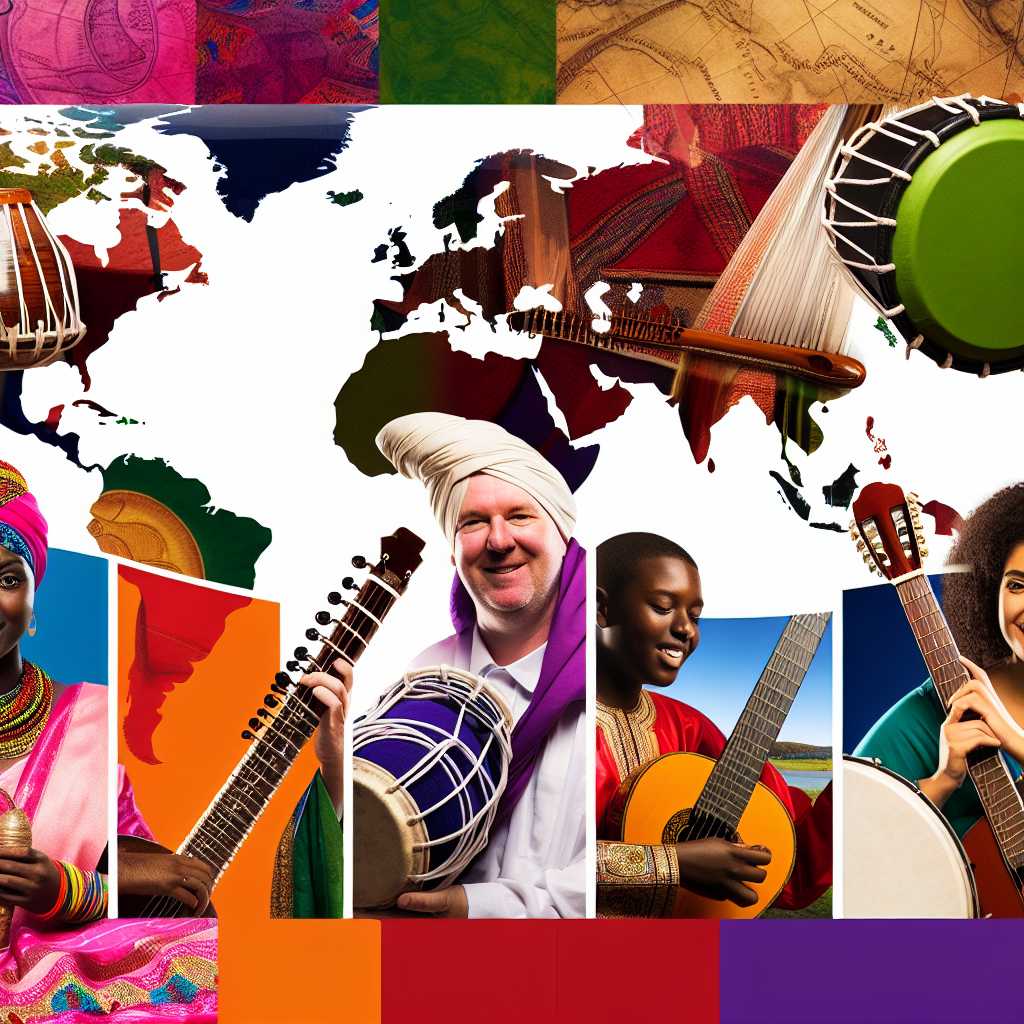
Bridging Cultures Through World Music: A Global Symphony
In the intricate tapestry of human history, music stands as one of the most vibrant threads interwoven through our diverse global cultures. It is a universal language that transcends borders, a harmonious expression of shared emotions and experiences that unites us all. World Music, a term coined to define the global phenomenon of traditional and…
